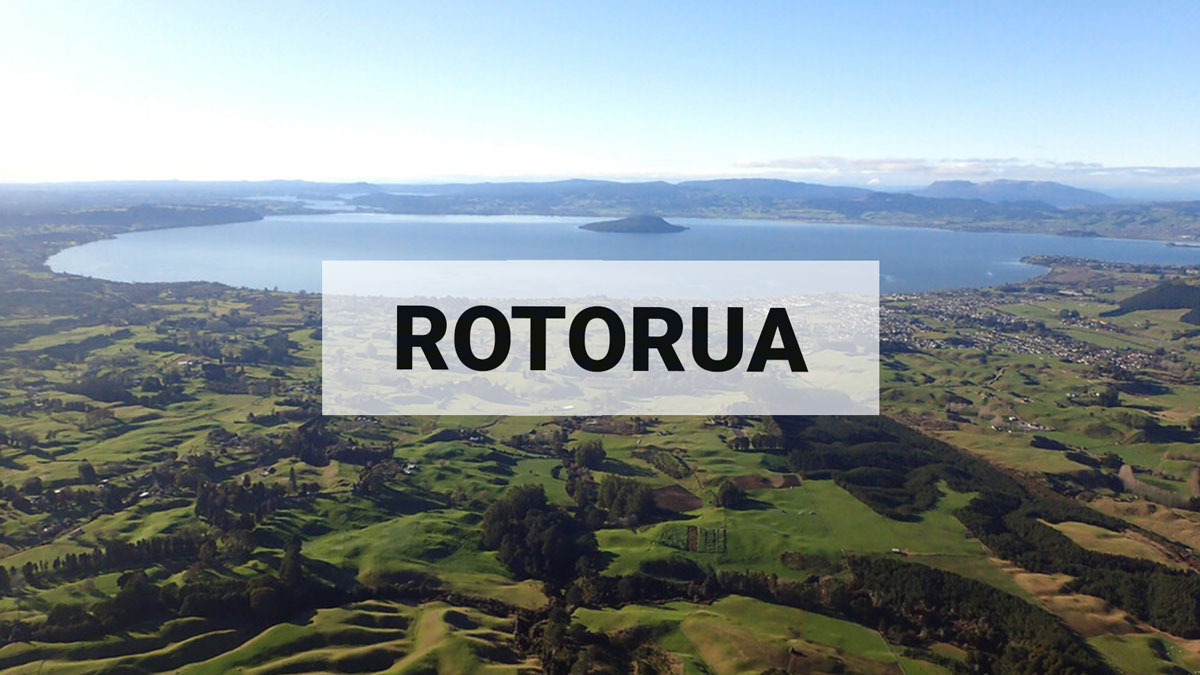
Science Alert Bulletin ROT-2001/01 - Rotorua Volcanic Centre
26 January 2001 - Eruption at Kuirau Park, Rotorua
On Friday 26 January about 3.30 to 3.40 PM NZDT, a muddy hot pool 2.5-3m diameter (Spring 721) burst into eruption, generating the largest hydrothermal eruption in Kuirau Park since 1966. These notes and comments are based on a visit on Friday evening, and again on Monday.
The eruption of blocks and mud was to about 100 metres height and produced a thick carpet of blocks and mud to the east, extending over 120m from the vent. The eruption was very directional. Very little ejecta is distributed to the west (maybe less than 30m from the vent). Blocks up to about 1 m diameter were projected over 50m from the vent, while blocks around 0.1 m or less diameter landed over 100m away. The crater formed is about 10 - 12m in diameter.
It was possible to recognise 4 eruption deposits on Friday evening, and this may give some insight into the eruption. These are:
- A ballistic block bed, the most widely distributed unit. It would appear that this unit is almost entirely formed from Oranui Formation.
- A basal dark grey mud deposit directed to the east, ranging from about 400mm thick to a trace of only millimetres at Ranolf Street.
- An upper, smaller and slightly lighter grey mud deposit. This was also distributed to the east, overlying the basal darker mud. It was smaller in distribution and the dispersal access was a little more to the south-east. Thickness appeared to be about 100 - 150mm at its thickest.
- A dark grey, very liquid hydrothermal mud distributed to the west, onto the adjacent road. This appears to be the contents of Spring 721.
The ballistic blocks appear to be present through almost all of the deposit. That is there are blocks that are clearly on top of all the muds, while other blocks are coated by mud with shelter zones on their leeward sides. Based on first impressions the dark grey liquid muds were erupted first, to the west. Then the main phase of the eruption commenced, ejecting muds and ballistic blocks to the east; this was followed by a smaller mud rich phase (no relationship with ballistics was ascertained), which was followed by a distinct ballistic shower, numerous centimetre-sized blocks are impacted into all the muds. The ballistics extend well beyond the muds to the north-east and it is not clear from first impressions the exact relationship to the muds.
Fallout of the mud layers has loaded all the trees and shrubs within the ejecta apron bending and breaking many of them.
B. J. Scott
Volcano Surveillance Co-ordinator